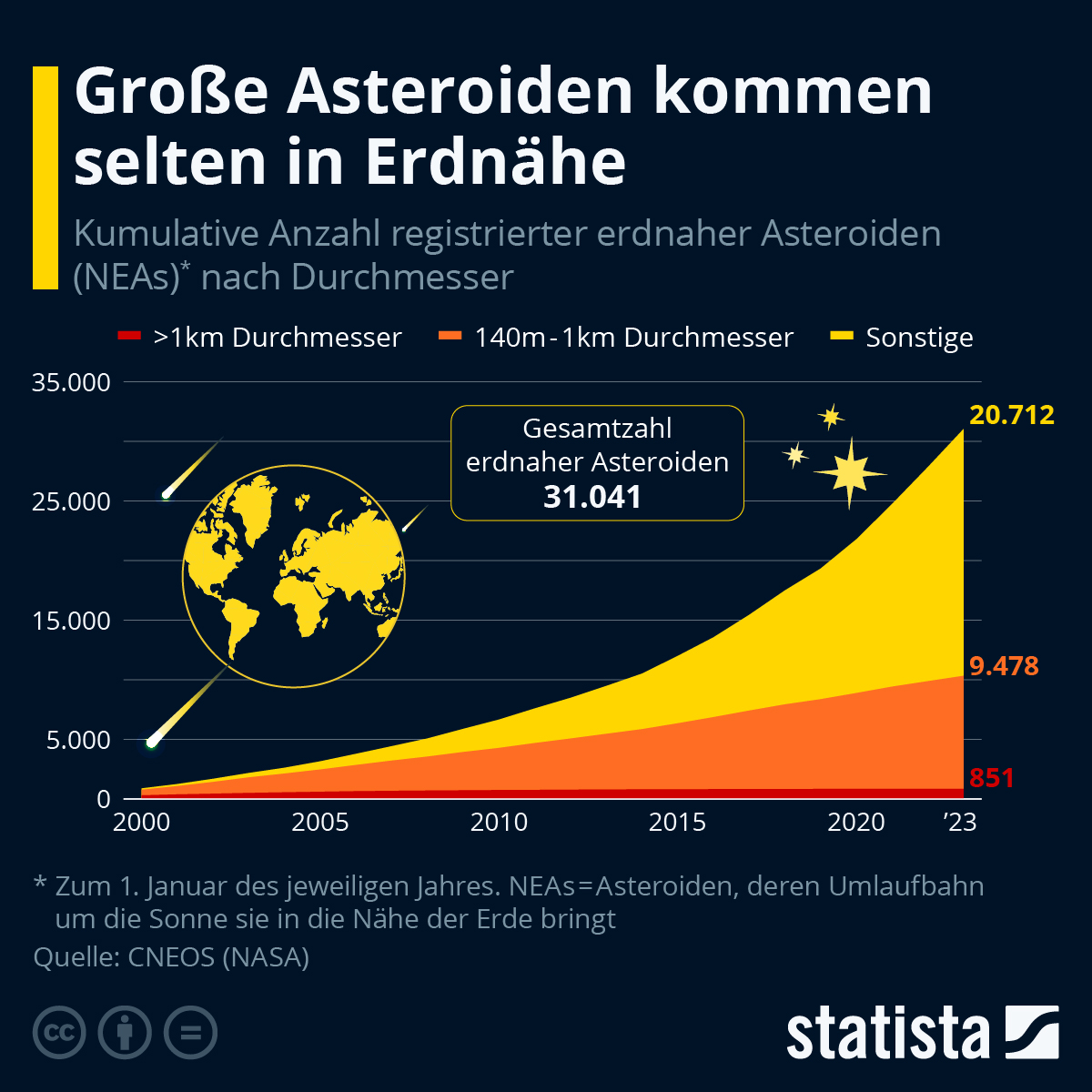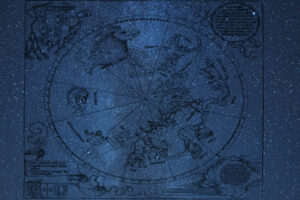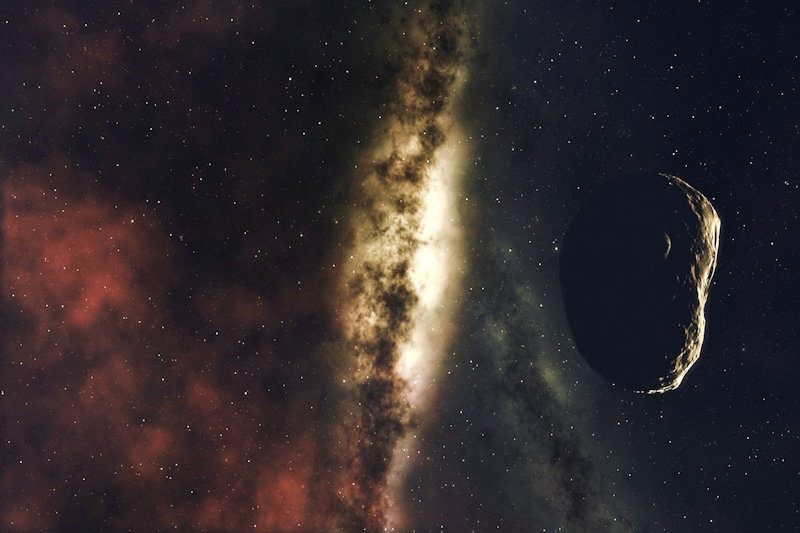 Mehr Infografiken finden Sie bei Statista
Mehr Infografiken finden Sie bei Statista[/av_textblock] [/av_one_half][av_one_half min_height=” vertical_alignment=’av-align-top’ space=” row_boxshadow=” row_boxshadow_width=’10’ row_boxshadow_color=” custom_margin=” margin=’0px’ av-desktop-margin=” av-medium-margin=” av-small-margin=” av-mini-margin=” mobile_breaking=” mobile_column_order=” border=” border_style=’solid’ border_color=” radius=” min_col_height=” padding=” av-desktop-padding=” av-medium-padding=” av-small-padding=” av-mini-padding=” svg_div_top=” svg_div_top_color=’#333333′ svg_div_top_width=’100′ svg_div_top_height=’50’ svg_div_top_max_height=’none’ svg_div_top_flip=” svg_div_top_invert=” svg_div_top_front=” svg_div_top_opacity=” svg_div_top_preview=” svg_div_bottom=” svg_div_bottom_color=’#333333′ svg_div_bottom_width=’100′ svg_div_bottom_height=’50’ svg_div_bottom_max_height=’none’ svg_div_bottom_flip=” svg_div_bottom_invert=” svg_div_bottom_front=” svg_div_bottom_opacity=” svg_div_bottom_preview=” column_boxshadow=” column_boxshadow_width=’10’ column_boxshadow_color=” background=’bg_color’ background_color=” background_gradient_direction=’vertical’ background_gradient_color1=’#000000′ background_gradient_color2=’#ffffff’ background_gradient_color3=” src=” background_position=’top left’ background_repeat=’no-repeat’ highlight=” highlight_size=” animation=” animation_duration=” animation_custom_bg_color=” animation_z_index_curtain=’100′ parallax_parallax=” parallax_parallax_speed=” av-desktop-parallax_parallax=” av-desktop-parallax_parallax_speed=” av-medium-parallax_parallax=” av-medium-parallax_parallax_speed=” av-small-parallax_parallax=” av-small-parallax_parallax_speed=” av-mini-parallax_parallax=” av-mini-parallax_parallax_speed=” css_position=” css_position_location=” css_position_z_index=” av-desktop-css_position=” av-desktop-css_position_location=” av-desktop-css_position_z_index=” av-medium-css_position=” av-medium-css_position_location=” av-medium-css_position_z_index=” av-small-css_position=” av-small-css_position_location=” av-small-css_position_z_index=” av-mini-css_position=” av-mini-css_position_location=” av-mini-css_position_z_index=” link=” linktarget=” link_hover=” title_attr=” alt_attr=” mobile_display=” mobile_col_pos=’0′ id=” custom_class=” template_class=” aria_label=” av_uid=” sc_version=’1.0′] [av_textblock textblock_styling_align=” textblock_styling=” textblock_styling_gap=” textblock_styling_mobile=” size=” av-desktop-font-size=” av-medium-font-size=” av-small-font-size=” av-mini-font-size=” font_color=” color=” id=” custom_class=” template_class=” av_uid=’av-ljiwnu1w’ sc_version=’1.0′ admin_preview_bg=”]
Das Center for Near Earth Object Studies (CNEOS) der NASA überwacht derzeit mehr als 31.000 Asteroiden und eine weitaus geringere Anzahl von Kometen, die an der Erde vorbeiziehen. Zu den erdnahen Asteroiden (Near Earth Asteroids, NEAs) gehören auch mehr als 2.000 potenziell gefährliche Exemplare, von denen etwa 150 einen Durchmesser von mehr als einem Kilometer haben und damit zweieinhalb Mal so hoch sind wie das Empire State Building.
Jede:r, der sich mit Paläontologie beschäftigt – und wenn auch nur über die Science-Fiction-Welt von Jurassic Park – weiß, dass ein riesiger Asteroid, der auf der Erde einschlägt, keine gute Nachricht für das Leben auf dem Planeten ist. Es gibt Hinweise darauf, dass dies eine der Hauptursachen für das Massenaussterben am Ende der Kreidezeit gewesen sein könnte.
Aber es braucht keinen massiven Asteroiden, um weitreichende Schäden zu verursachen. Ein Asteroid mit einem Durchmesser von nur zehn Metern explodierte im Dezember 2019 25 Kilometer über der Beringsee mit einer Kraft, die zehn Hiroshima-Atombomben entspricht.
Der rasante Fortschritt in der technologischen Entwicklung macht es Wissenschaftler:innen heutzutage immer leichter, zu erkennen, welche Art und wie viele erdnahe Objekte um die Sonne kreisen. Nach Angaben von CNEOS wurden bis 1900 nur eine Handvoll Himmelsobjekte entdeckt. Diese Zahl änderte sich bis zum Ende des Jahrhunderts nicht wesentlich. Bis 1990 wurden nur 134 erdnahe Asteroiden und 42 potenziell gefährliche Objekte entdeckt. Im Vergleich dazu wurden bis zum 1. Januar 2023 31.041 erdnahe Asteroiden und 2.343 potenziell gefährliche Asteroiden identifiziert.





























+ There are no comments
Add yours